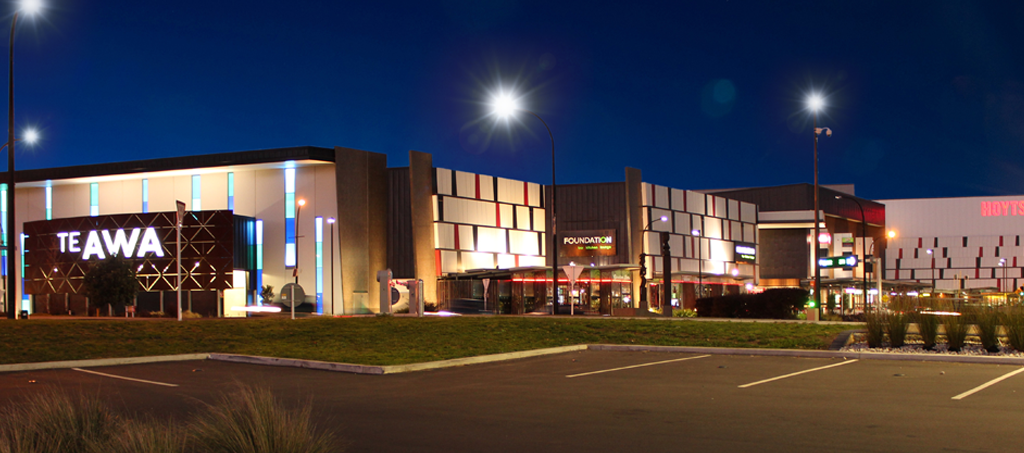BLOG
Subscribe to our newsletter
How do I upgrade my property investment portfolio?

Tighter lending and a flattening housing market means that it’s not as easy to grow a property investment portfolio as it was a few years ago. But that doesn’t mean you should throw in the towel. Buying rental properties is still a great way to build wealth. These days, we just need to be smarter about how we grow our property portfolios.
Important note: the information provided on this blog should not be substitute for financial advice. You should always consult with a professional finance advisor before making any investment decisions.
Are you investing for cashflow or growth?
Before you consider growing a property portfolio, all investors must determine what their investment goals are. Do you want your properties to generate short-term cash flow or to grow capital over time? Your answer will determine what you might choose to invest in – and where.
Go for standard properties
Anything that is less than 45sqm can cause the banks to clamp down on how much they’re willing to loan you. While multi-income properties are considered a good option for investors looking to grow capital, anything more than 3 incomes can also causing lending issues.
Equity beats high rent in the long run
While high rent returns are nice for cash flow, equity is always going to do better over time. As the saying goes, you can’t eat your house. The more equity you have, the more you can borrow from the bank, and the easier it will be to grow your portfolio.
As Squirrel Mortgages advices, “If more than 50 per cent of your income is from rentals and you don’t have a lot of equity in them, banks see you as a pretty risky prospect.”
Don’t rely on market growth, add value to your properties
This is especially true if you’re in for the long game, but it takes investment. If your goal is long-term capital gain, then adding value to your property is one of the best ways to boost its value and capital growth over time.
Ancillary dwellings
Speaking of adding value, ancillary dwellings are one of the best options. If they are self-contained and meet the new rental codes, you can rent them out on their own—which can boost the overall income you get from a property. Look for properties that either already have an ancillary dwelling or have the space to add one.
Sell off properties that aren’t growing in value
Unlike owner-occupiers, a property is like a business to an investor. And if your business isn’t turning a profit, you’re going to end up worse off. Holding onto a non-profitable rental will limit how much you can grow your portfolio since you’ll need to keep funds in reserve to cover its losses. In turn, this impacts your ability to save and secure larger loans to purchase another property.
In a nutshell, if your rental isn’t bringing in cash or equity, it may be worth selling it off.
Consider turning your own home into a rental
If the kids have moved out and you’re thinking of downsizing, why not turn your home into a rental? As with any investment property purchase, you should research what sort of yield it will get, whether its value is growing and what the vacancy rates of your suburb are. The best way to do this is to simply talk to a property manager – it’s free and their experience and market knowledge will help you make an informed decision.
Consider having loans with multiple banks
With mortgages, it pays to have your fingers in a few pies, so to speak. While investors see each loan as separate, banks don’t. To them, the loans are cross-collateralised—they stack up. The more loans, the bigger the debt, and unfortunately, banks and property investors don’t always see eye-to-eye on how much debt should be paid off once a property has sold.
“Whenever you sell a property the lender has the right to review your financial situation and can ask you to repay the full proceeds from the sale,” writes mortgage broker, Peter Norris.
“By having multiple lenders, no one lender controls all of your properties. This gives you flexibility to approach multiple lenders, and to sell properties without the risk that the lender will take all of the sale proceeds. It also makes it easier to leverage equity for a new purchase if one lender has said no.”
So how many pies is ideal? There’s no hard number, but remember that too many can quickly turn into an administrative nightmare. So assess how you are fairing before choosing to go with a new bank.


